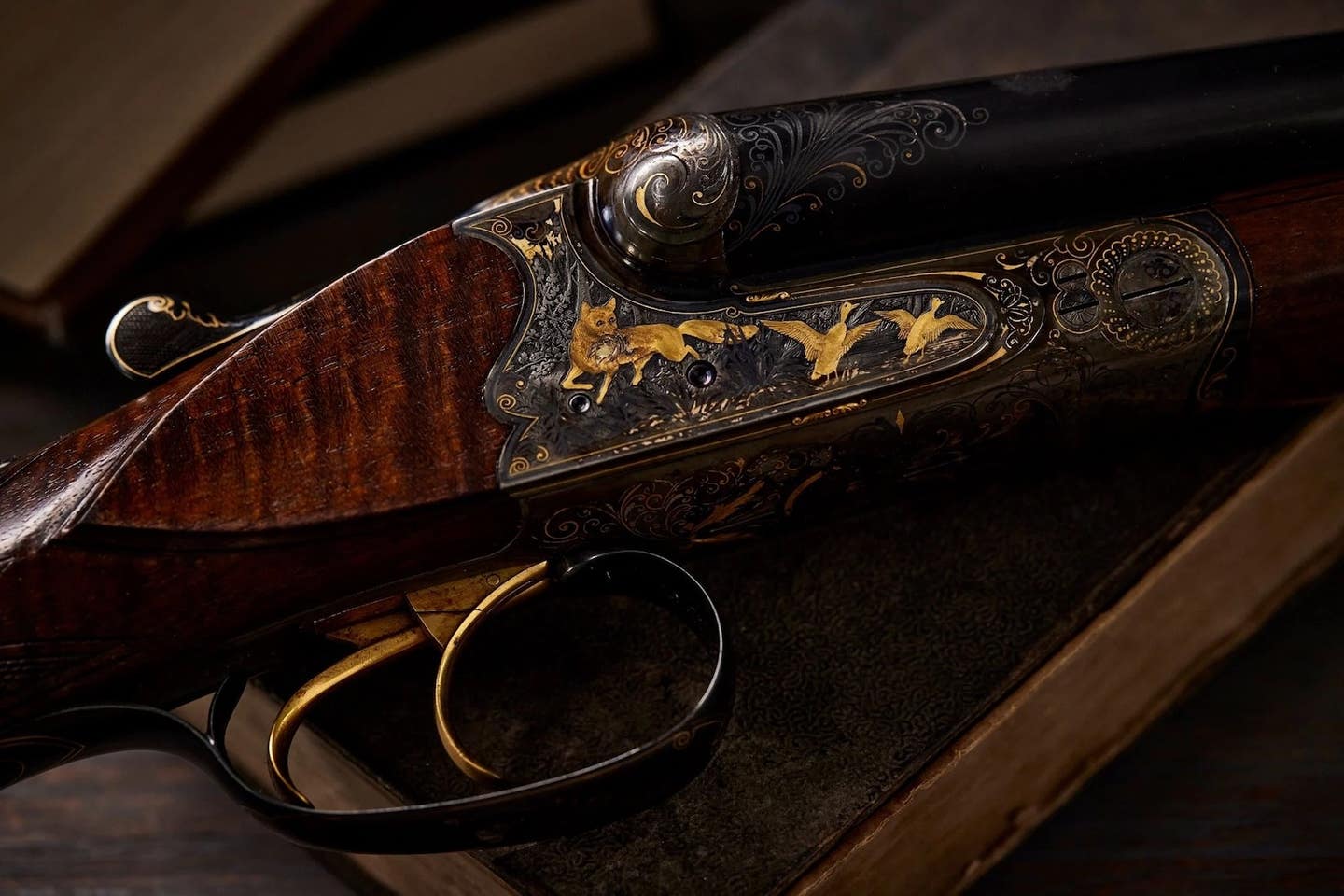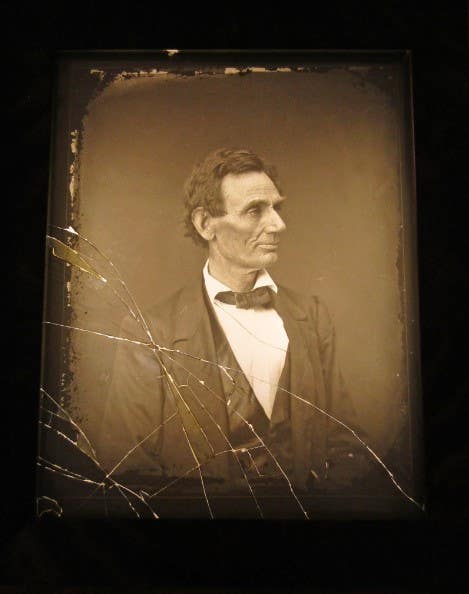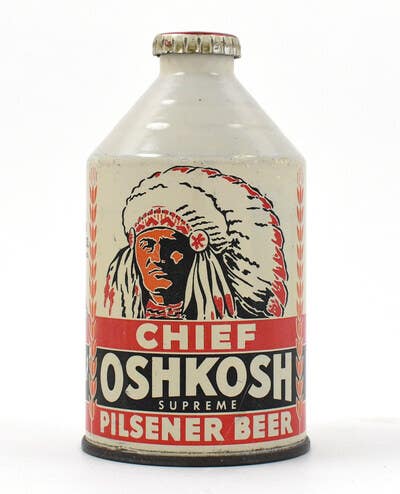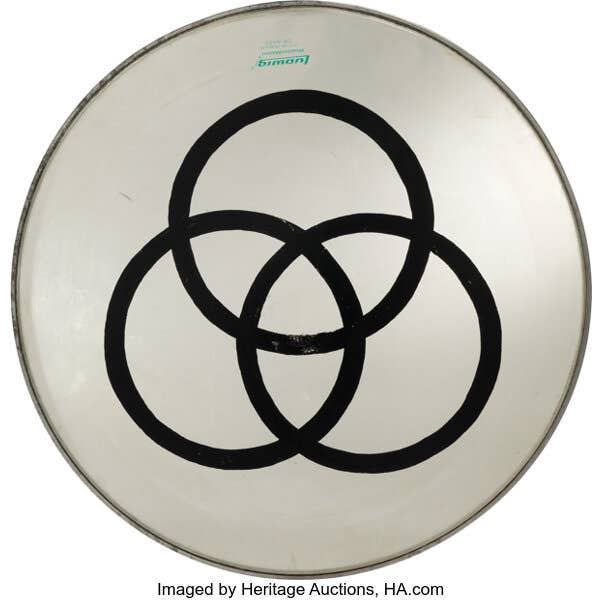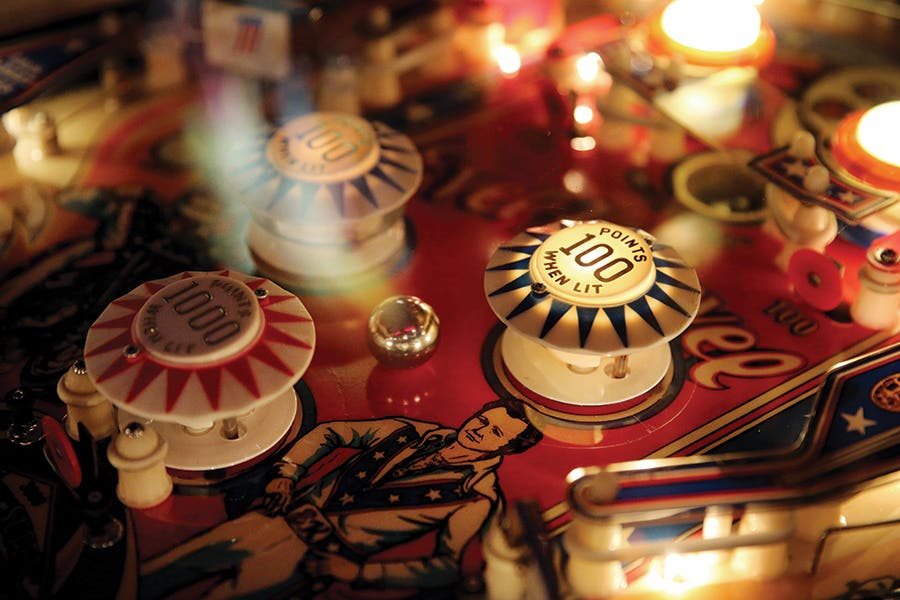Growing Market Alert: Focus on eyewear
Did you know the first examples of eyewear reportedly date back to 13th century Italy? Even though a lot has changed since those early years, eyewear continues to draw looks. Antique Trader contributor Jessica Brown explores the topic of vintage eyewear.
By Jessica Leigh Brown
From Benjamin Franklin’s spectacles to Jacqueline Kennedy Onassis’s sunglasses, eyewear plays an important role in our perceptions of history and culture. While the first eyewear emerged in the 13th century Italy, it didn’t mesh with fashion until much later. In 1730, an English optician developed a pair of glasses with two attached rods that rested on the wearer’s ears. From that point, corrective lenses became wearable accessories.
Antique Spectacles
Through the 18th and early 19th centuries, eyeglasses retain the name spectacles. This is to differentiate them from single-lens monocles and pince-nez. The later rested on the nose but did not connect to the wearer’s ears. Spectacles during this time were commonly rimmed with wire, tortoise shell, or horn, and lenses tended to be small and round. Early bifocals featured one lens for far-sightedness and the other for near-sightedness. Their invention has been credited to Benjamin Franklin. However, while he was certainly an early adopter of bifocals, he never overtly claimed to be their creator.
Until the late 19th century, spectacle style had much to do with variations in bridge and lens shape. Most spectacles had a gently curved bridge. This is was a “crank” bridge with a sharp curve in the center, or an “x” bridge (two wires joined at the middle). Just prior to the Civil War, American companies began to mass-produce spectacles. This greatly reduced their cost and making vision correction more readily available to consumers. By the 1870s, manufacturers were producing a wider range of eyeglass styles.
Growth in Spectacles
The collectors’ market for antique eyewear is small but growing, says Thomas Valenza, retired optician and owner of Historic EyeWear Company [www .historiceyewearcompany.com]. Valenza’s interest in the history of his profession led to an interest in collecting antique and vintage eyewear, and then to starting a historic eyewear reproduction business.
“My wife and I began going to historic reenactments and noticed that the glasses they wore were often historically inaccurate,” Valenza says. “We thought there might be a niche market.” There was, and pieces from the Historic EyeWear Company have since become popular with reenactors and have appeared in period movies, television programs, and Broadway productions such as “Hamilton.”
Dealing With Wearability
Original antique spectacles are difficult to wear today, even without lenses. “Most pre-twentieth century frame styles are too small for modern faces and modern lens edging equipment, so reuse is very limited,” Valenza says. “Our reproduction styles have been increased in size to accommodate these modern requirements. Original pieces are very collectible and the market for them is driven primarily by collectors, actors, reenactors, historians, and antique dealers.”
Collector Terry Marshall owns an array of curious spectacles, including eyeball massage and electromagnetic glasses associated with quack medicine. “Early glasses often have telescoping sliders and loops that connect to a wearer’s wig,” says Marshall. “The market for collectors is pretty soft right now. You can get some decent sliders for around $20.”
Vintage Eyeglasses
Once mass production began in the late 19th century, the market for eyeglasses began to expand. Over the next several decades, glasses became fashionable accessories, available in many sizes, shapes, and colors.
With the advent of popular film in the early 20th century, stars began to set the standard for eyewear. Harold Lloyd’s round tortoiseshell spectacles were all the rage for a time. In the 1930s, newly invented sunglasses hit the market.
Adjustable nose pads, introduced in the 1920s, gave designers additional creative liberty. By the 1940s, consumers could find eyeglasses with larger lenses and a variety of frame widths. Aviator style glasses also appeared during World War II, and their popularity continues today.
Cat eye glasses (so called because of the pointed top edges of the frames) rose to popularity in the 1950s and 1960s. They became a coveted fashion item for women of the era.
“When cat eye glasses originally came out, they introduced color and flair into what was a pretty boring market of eyeglasses,” says Levi, owner of the Vintage Optical Shop. “Before that, frames were generally gold, silver or tortoise shell, but cat eye glasses came in all shapes and colors.”
The Vintage Optical Shop specializes in finding and restoring high-quality vintage frames. In addition, they make them available to customers via its website, vintageopticalshop.com. Levi has noticed an increased demand for vintage cat eye glasses.
Pinup Culture Style
“Many women are into vintage and pinup culture, and it adds a unique touch to their otherwise modern style,” he says. “There are many new brands making reproduction frames in the cat eye shape, but people often prefer genuine vintage frames because they’re looking for something authentic and unique – something they won’t see anyone else wearing.”
Which brands are most sought after? “Collectors continue to look at the really exclusive pieces from brands like Cazal, Persol, Silhouette, Mikli, and Oliver Goldsmith, to name just a few,” says Clodagh Norton, co-founder of Eyestylist.com. Norton notes that celebrity connection is important, too. “In the vintage market, people do look to the celebrities of the past and what they were wearing. The real classics will always resonate with consumers who are fascinated by original handmade designs, and iconic pieces that were worn by film stars like Audrey Hepburn and Cary Grant.”
Examples of Status
Consumer interest in eyewear dates back decades, but Norton says the rare, expensive pieces are becoming status symbols.
“The really iconic frames from the 1940s, ’50s and ’60s are increasingly difficult to find and are, after all, a little piece of history,” she says. “Once you have a pair of these in your hand, you can appreciate the craftsmanship, stunning materials, and creative ideas immediately.”
Another current trend is for 1990s style frames of Keanu Reeves’s character in “The Matrix.”
Changing Trends
“This trend for rimless, smaller designs will impact what’s selling in terms of vintage,” Norton says.
“But eyewear trends are changing all the time.”
Valenza agrees. “There’s only so much that can be done with eyeglasses designs. So what most of these designers and manufacturers do is go back to the originals and modernize or update them,” he says. “Every past style will come back—it’s only a matter of time.”
Where to Look
Online auction sites are the best places to find antique spectacles or vintage frames. “Years ago, I’d take trips and visit antique stores, and we’d search it out,” Valenza recalls.
“Now, everything is on eBay for you to see, there are photos, and you can ask questions. In most cases, the descriptions are fairly accurate.”
Collectors can also find pieces via Etsy, at online specialty shops, or by searching local vintage and antique stores.
Be Watchful
Occasionally, sellers try to pass off newer pairs as antiques. “You do have to be careful,” Valenza says. “Sometimes reproductions are sold as originals, so if you don’t have much knowledge, it’s possible you may be fooled.” Telling the difference can be tricky since many mass-produced antique spectacles do not carry a maker’s mark or designer stamp.
“I would have to say that the number of misrepresentations is low, and usually they’re not trying to sell a new frame as an antique, but more often misrepresenting the time period of an antique frame – trying to say it’s older than it is.”
Sources: https://www.zennioptical.com/blog/history-eyeglasses/; https://www.historiceyewearcompany.com/files/HOYFrevisedMcBrayer.pdf; http://www.antiquespectacles.com/guide/guide_to_assist.htm



